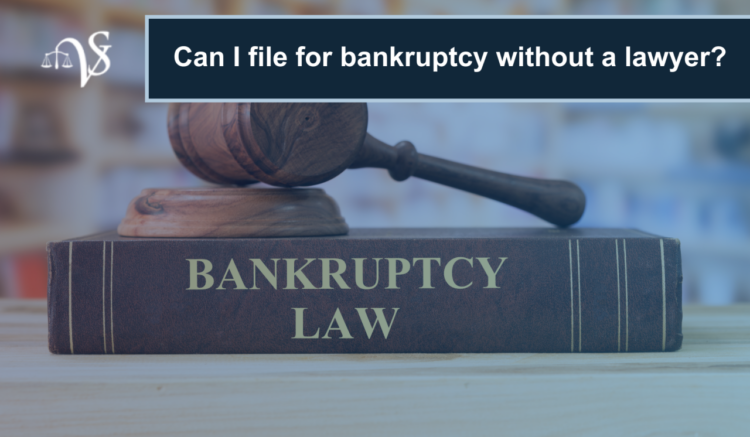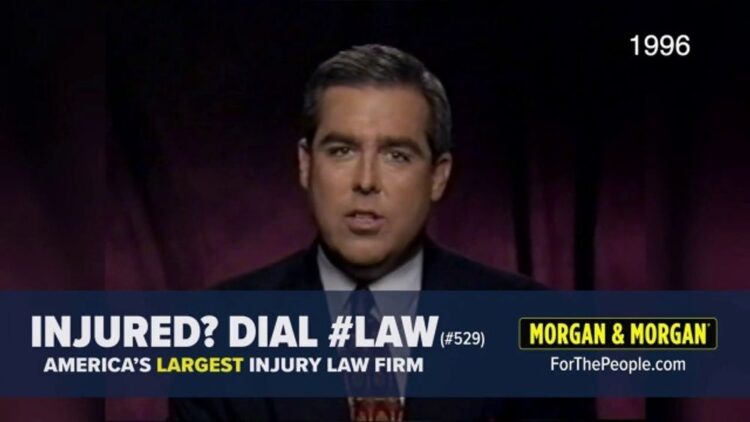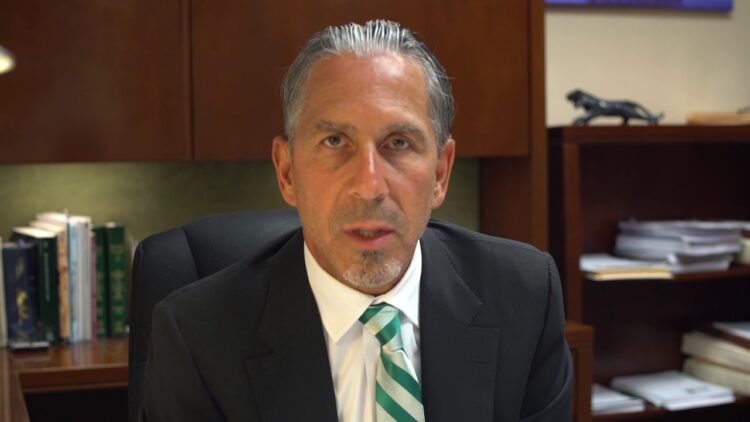
Eligibility Requirements
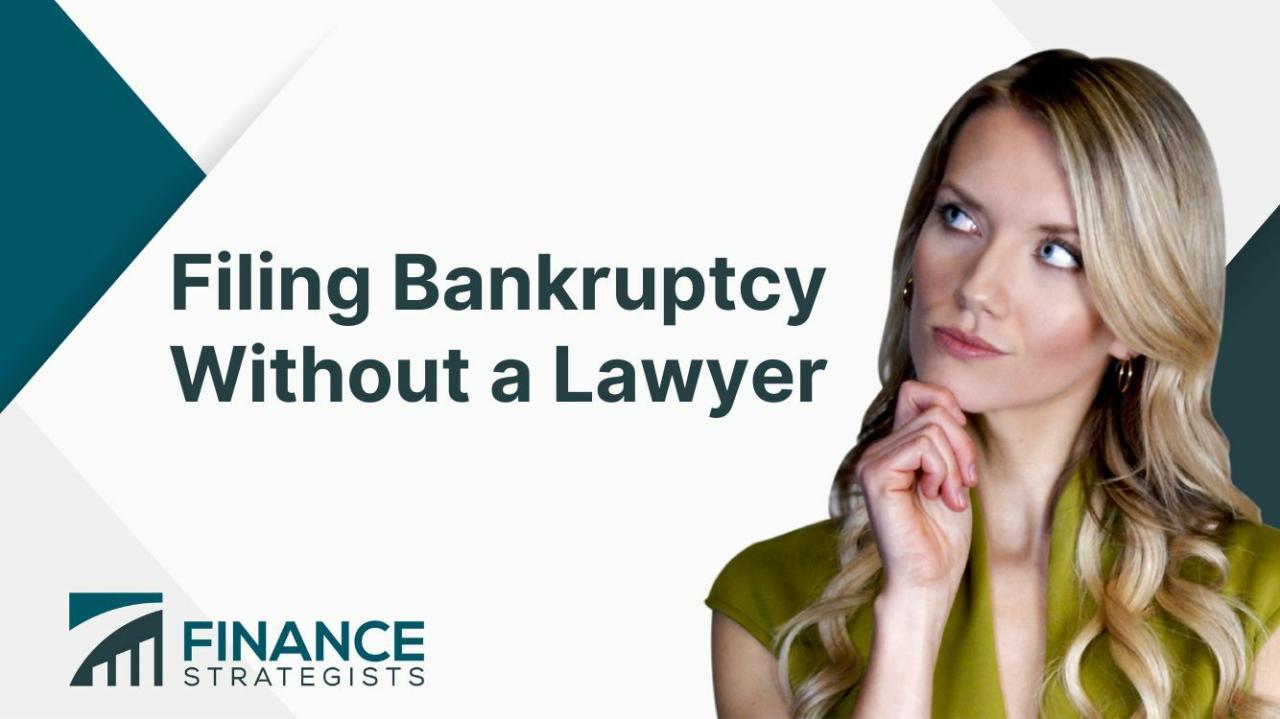
To qualify for filing bankruptcy without a lawyer, you must meet specific criteria related to your income, assets, and debts.
Individuals who can file for bankruptcy without a lawyer are generally those with low incomes and limited assets who are struggling with overwhelming debts. They may be facing financial hardship due to job loss, medical expenses, or other unexpected circumstances.
Income Limits
- Your income must be below the median income for your state and household size.
- You can use the Bankruptcy Means Test Calculator to determine if you meet the income requirements.
Asset Thresholds
- Your assets must be below certain thresholds set by the bankruptcy court.
- Exempt assets, such as your home, car, and personal belongings, are not counted towards this threshold.
Debt Qualifications
- You must have unsecured debts that exceed your assets.
- Unsecured debts include credit card debt, medical bills, and personal loans.
Types of Bankruptcy
Individuals seeking bankruptcy protection have several options to choose from, each with its unique eligibility requirements and debt discharge provisions. Here’s a breakdown of the different types of bankruptcy available:
Chapter 7 Bankruptcy
Chapter 7 bankruptcy is a liquidation bankruptcy where the debtor’s nonexempt assets are sold to pay off creditors. It’s generally suitable for individuals with limited assets and high debts. To qualify, the debtor must pass a means test to demonstrate financial hardship.
Chapter 11 Bankruptcy
Chapter 11 bankruptcy is a reorganization bankruptcy that allows businesses and individuals with large debts to restructure their finances and continue operating. It’s often used by businesses facing financial distress but seeking to avoid liquidation.
Chapter 12 Bankruptcy
Chapter 12 bankruptcy is designed specifically for family farmers and fishermen. It provides a way to reorganize their debts and keep their property while continuing their farming or fishing operations.
Chapter 13 Bankruptcy
Chapter 13 bankruptcy is a reorganization bankruptcy for individuals with regular income. It allows the debtor to create a repayment plan over 3-5 years, during which time they make monthly payments to creditors. Unlike Chapter 7, Chapter 13 bankruptcy does not require liquidation of assets.
Forms and Paperwork
Filing bankruptcy without a lawyer requires meticulous attention to forms and paperwork. Accuracy and completeness are paramount to ensure a smooth and successful process.
Obtaining and Completing the Forms
The United States Bankruptcy Court provides a comprehensive list of forms necessary for filing bankruptcy. These forms can be obtained online or at the bankruptcy court clerk’s office.
When completing the forms, it is crucial to provide accurate and detailed information. Incomplete or inaccurate forms can lead to delays or even dismissal of the bankruptcy petition. If you are unsure about how to fill out a particular form, it is advisable to seek professional assistance.
Required Forms
The following is a list of the most common forms required for filing bankruptcy without a lawyer:
- Bankruptcy Petition (Form B-101)
- Schedules of Assets and Liabilities (Forms B-102, B-103, B-104, B-105)
- Statement of Financial Affairs (Form B-106)
- Statement of Income and Expenses (Form B-107)
- Certificate of Credit Counseling (Form B-108)
- Means Test Calculation (Form B-122)
Importance of Accuracy and Completeness
Accuracy and completeness in completing the bankruptcy forms are of utmost importance. Providing inaccurate or incomplete information can have severe consequences, including:
- Delays in the bankruptcy process
- Dismissal of the bankruptcy petition
- Denial of discharge
- Criminal charges for perjury
Therefore, it is essential to take the time to carefully complete all the required forms and ensure that all information provided is accurate and complete.
Filing Process
Filing for bankruptcy without a lawyer involves several steps that require careful attention to detail. By following the process Artikeld below, individuals can navigate the bankruptcy process effectively and efficiently.
The first step is to gather all necessary financial documentation, including income statements, tax returns, and debt records. This information will be used to complete the bankruptcy petition and schedules.
Completing and Submitting the Forms
The bankruptcy petition is a comprehensive document that provides detailed information about the debtor’s financial situation. It includes schedules that list all assets, debts, income, and expenses. Completing these forms accurately and thoroughly is crucial to ensure the accuracy of the bankruptcy filing.
Once the forms are completed, they must be submitted to the bankruptcy court. The filing fee must also be paid at this time. The court will review the petition and schedules to determine if the debtor is eligible for bankruptcy.
Timeline for the Bankruptcy Process
The bankruptcy process typically takes several months to complete. During this time, the debtor will be required to attend a meeting of creditors and provide additional documentation as requested by the bankruptcy trustee.
At the end of the bankruptcy process, the court will issue a discharge order. This order releases the debtor from most debts and allows them to rebuild their financial situation.
Creditors and Debts
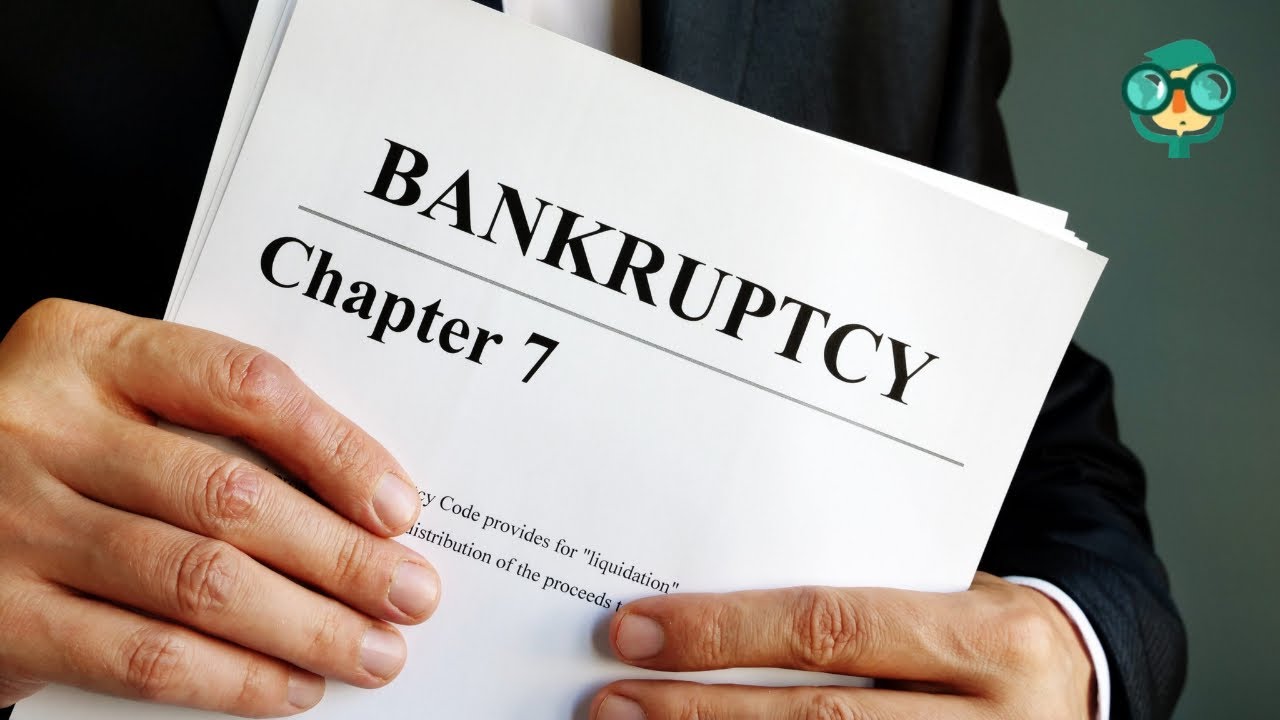
Understanding how bankruptcy affects creditors and debts is crucial. Filing for bankruptcy triggers a process where you list all your creditors and debts in a bankruptcy petition. This information is used to determine your eligibility for bankruptcy and to create a plan for managing your debts.
Creditors are individuals or entities to whom you owe money. Debts can be secured or unsecured. Secured debts are backed by collateral, such as a house or a car. Unsecured debts, on the other hand, are not backed by any collateral.
Listing Creditors and Debts
When filing for bankruptcy, you must provide a complete list of all your creditors and debts. This includes the name and address of each creditor, the amount you owe, and the type of debt (secured or unsecured). Failure to disclose all your creditors and debts can result in your bankruptcy case being dismissed.
Secured Debts
Secured debts are treated differently in bankruptcy than unsecured debts. If you have secured debts, the creditor has the right to repossess the collateral if you fail to make payments. In bankruptcy, you can reaffirm the secured debt, which means you agree to continue making payments on the debt. You can also redeem the collateral by paying the creditor the value of the collateral.
Unsecured Debts
Unsecured debts are not backed by any collateral. In bankruptcy, unsecured debts are typically discharged, which means you are no longer legally obligated to pay them. However, there are some exceptions to this rule. For example, student loans and certain taxes cannot be discharged in bankruptcy.
Exemptions and Protections
Filing for bankruptcy without a lawyer offers various exemptions and protections that safeguard your assets and property. These exemptions vary based on your state of residence and the type of bankruptcy you file.
The primary purpose of bankruptcy exemptions is to ensure that you retain essential assets and property while navigating financial difficulties. These exemptions cover a wide range of items, including:
Types of Exempt Property
- Homestead exemption: Protects a portion of the equity in your primary residence.
- Personal property exemptions: Covers household goods, clothing, and personal belongings.
- Vehicle exemption: Exempts a portion of the value of one or more vehicles.
- Retirement account exemptions: Protects funds in qualified retirement accounts, such as 401(k)s and IRAs.
- Tools of the trade exemption: Exempts tools and equipment necessary for your occupation.
To claim exemptions, you must list the specific assets you wish to protect on your bankruptcy forms. It’s crucial to carefully review the exemptions available in your state and consult with a legal professional if necessary to ensure you maximize your protections.
Alternatives to Bankruptcy
Bankruptcy is a serious legal proceeding that should only be considered as a last resort. There are several alternatives to bankruptcy that can help you manage your debt and improve your financial situation.
Before you file for bankruptcy, it is important to explore all of your options. You may be able to find a solution that is less damaging to your credit and finances.
Debt Consolidation
Debt consolidation is a process of combining multiple debts into a single, lower-interest loan. This can make it easier to manage your debt and reduce your monthly payments. However, debt consolidation may not be a good option if you have a high amount of debt or if you have poor credit.
Credit Counseling
Credit counseling is a service that can help you create a budget, manage your debt, and improve your credit score. Credit counselors are trained to provide unbiased advice and can help you find the best solution for your financial situation.
Debt Settlement
Debt settlement is a process of negotiating with your creditors to reduce the amount of debt you owe. This can be a good option if you have a high amount of debt and you are unable to make your monthly payments. However, debt settlement can damage your credit score and may not be available for all types of debt.
Rebuilding Credit
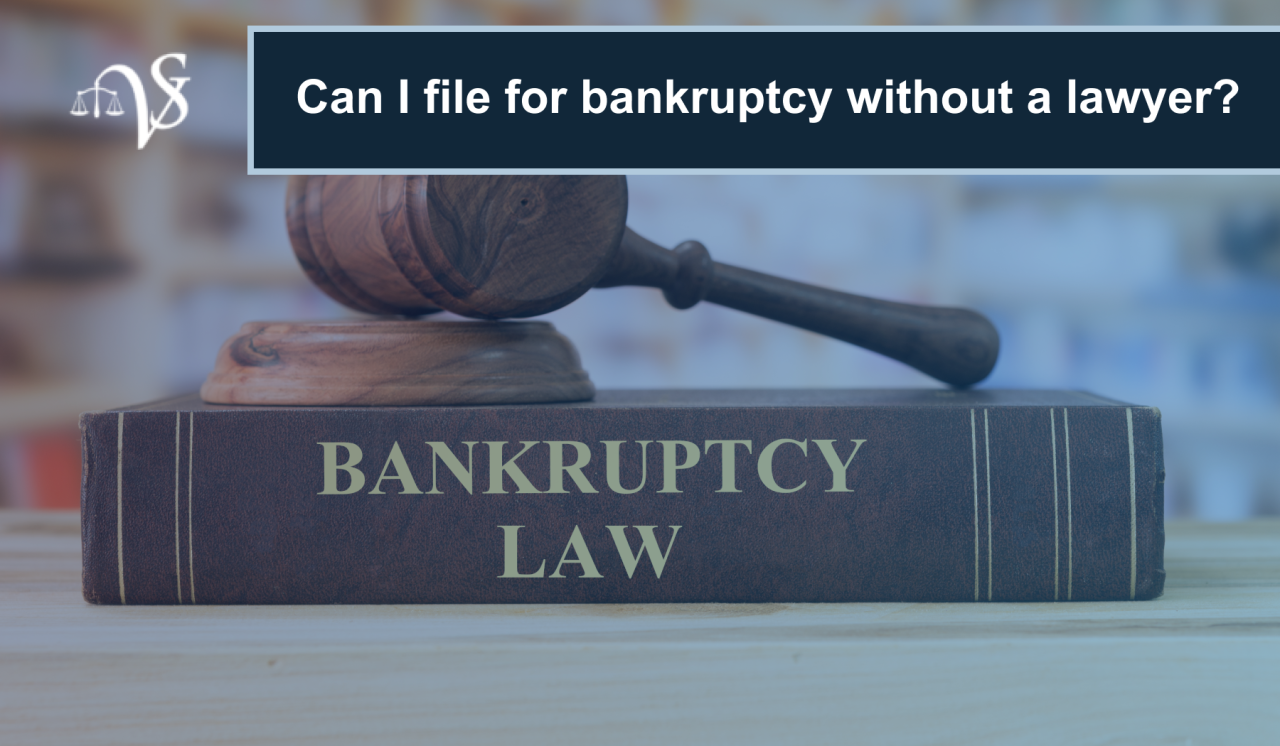
Bankruptcy can have a significant impact on your credit score, making it more difficult to obtain loans, credit cards, and other forms of financing. However, it is possible to rebuild your credit after filing for bankruptcy.
The first step is to understand the impact of bankruptcy on your credit score. When you file for bankruptcy, a notation will be placed on your credit report, which will stay there for up to 10 years. This notation will make it more difficult for you to obtain new credit, and it will also increase the interest rates you pay on any new loans you do obtain.
To rebuild your credit after filing for bankruptcy, you need to start by managing your finances responsibly. This means paying your bills on time, every time. You should also try to reduce your debt as much as possible. If you have any outstanding debts, you should contact your creditors and try to negotiate a payment plan.
In addition to managing your finances responsibly, you can also improve your creditworthiness by using credit repair agencies. These agencies can help you to dispute inaccurate information on your credit report and to remove negative items from your report.
Rebuilding your credit after filing for bankruptcy takes time and effort, but it is possible. By following these tips, you can improve your creditworthiness and get back on the road to financial recovery.
Tips for Managing Finances
– Create a budget and stick to it.
– Pay your bills on time, every time.
– Reduce your debt as much as possible.
– Avoid taking on new debt.
– Monitor your credit report regularly.
Credit Repair Agencies
– Credit repair agencies can help you to dispute inaccurate information on your credit report and to remove negative items from your report.
– There are many different credit repair agencies available, so it is important to do your research before choosing one.
– Be sure to read the terms and conditions of any agreement you sign with a credit repair agency.
